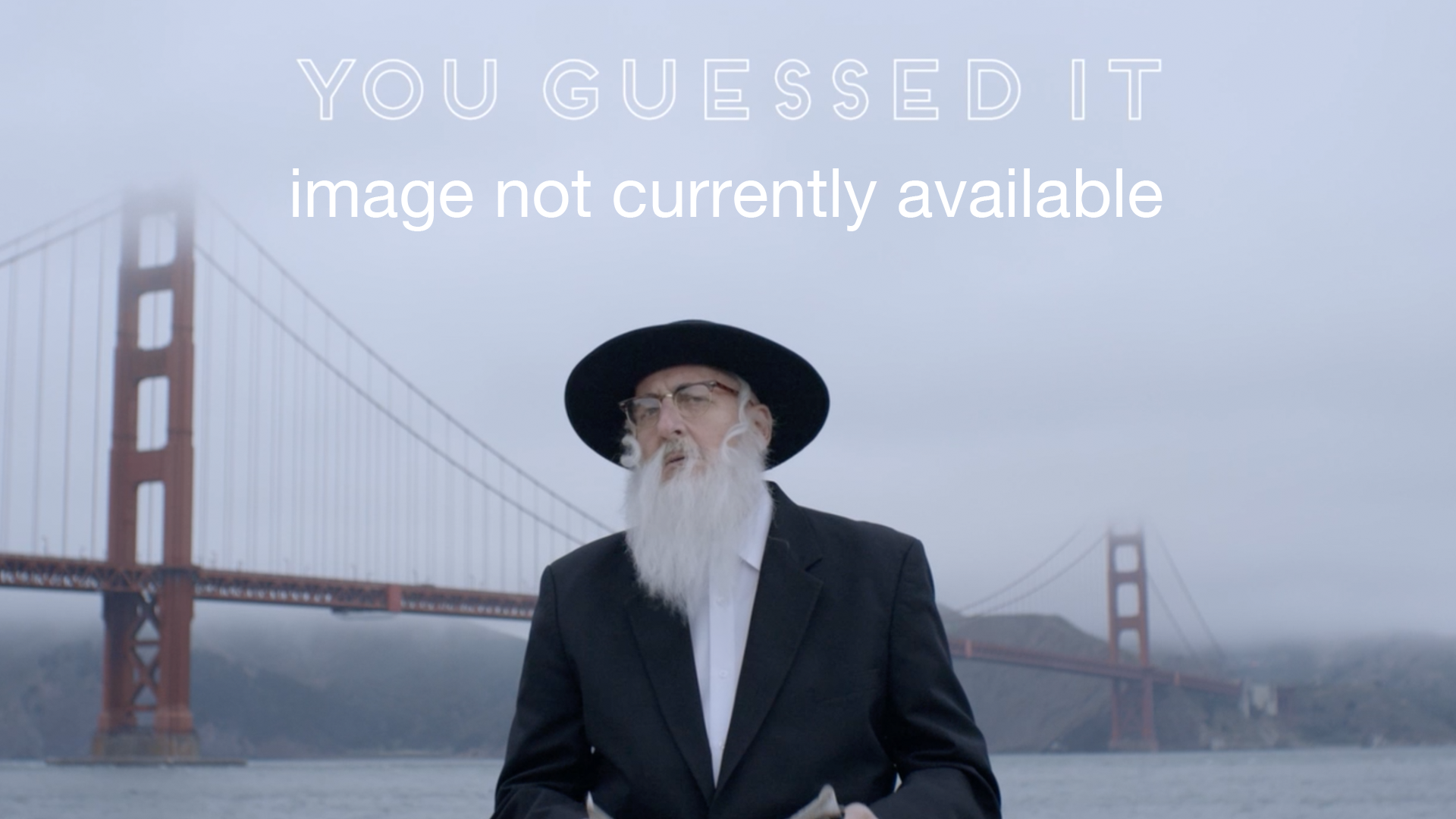Count the Lenins on My Back

Full Description
This is a humorous improvisational documentary about the Russian Jewish émigré community of Brighton Beach in Brooklyn. The director, a bilingual Russian immigrant herself, roams through neighborhoods and beaches visiting people in different states of attire bringing a light touch to the treatment of a complex subject: the immigrant experience of assimilation.
Filmmaker Bio(s)
The flamboyance and sense of humor of the Brighton Beach community, when mixed with American mass culture and capitalist aspirations, produce an interesting cultural mix. The unique qualities of this subculture have yet to be sensitively explored in the mainstream media. Representations in contemporary films tend to focus on the Russian Mafia as the most distinct feature of the culture while neglecting the rich idiosyncratic character of this people.
The idea for this project developed out of a concern for the misrepresentation of the Brighton Beach community. I wanted to make an ethnographic portrait about the people of Brighton Beach from my personal perspective as an insider of the Russian Jewish community and a child of the Third Wave who speaks the language and has an understanding of the culture.
My family came to the US from Odessa in 1975 when I was five years old. Count the Lenins On My Back was made as part of my graduate study in communication at Cornell University. Its production was a process of discovery for me about how to make an ethnographic portrait that authentically communicates a specific culture's experience. A method for how to approach the form and content of the project emerged through accidents and improvisations while filmming.
Count the Lenins On My Back became a collaborative exploration of the community's cultural identity in which the subjects determined the content. My role was that of an provocateur, catalyst, and mediator documenting individual voices and initiating serendipitous encounters from behind the camera. The resulting dialog becomes a quirky improvisational dance between filmmaker and subjects, which accentuates the beauty of irregularity, the poetry of real people and the value of cultural pluralism.
Director(s)
Country(ies)
Language(s)
w/English Subtitle
Release Year
Festival Year(s)
Running Time
30

